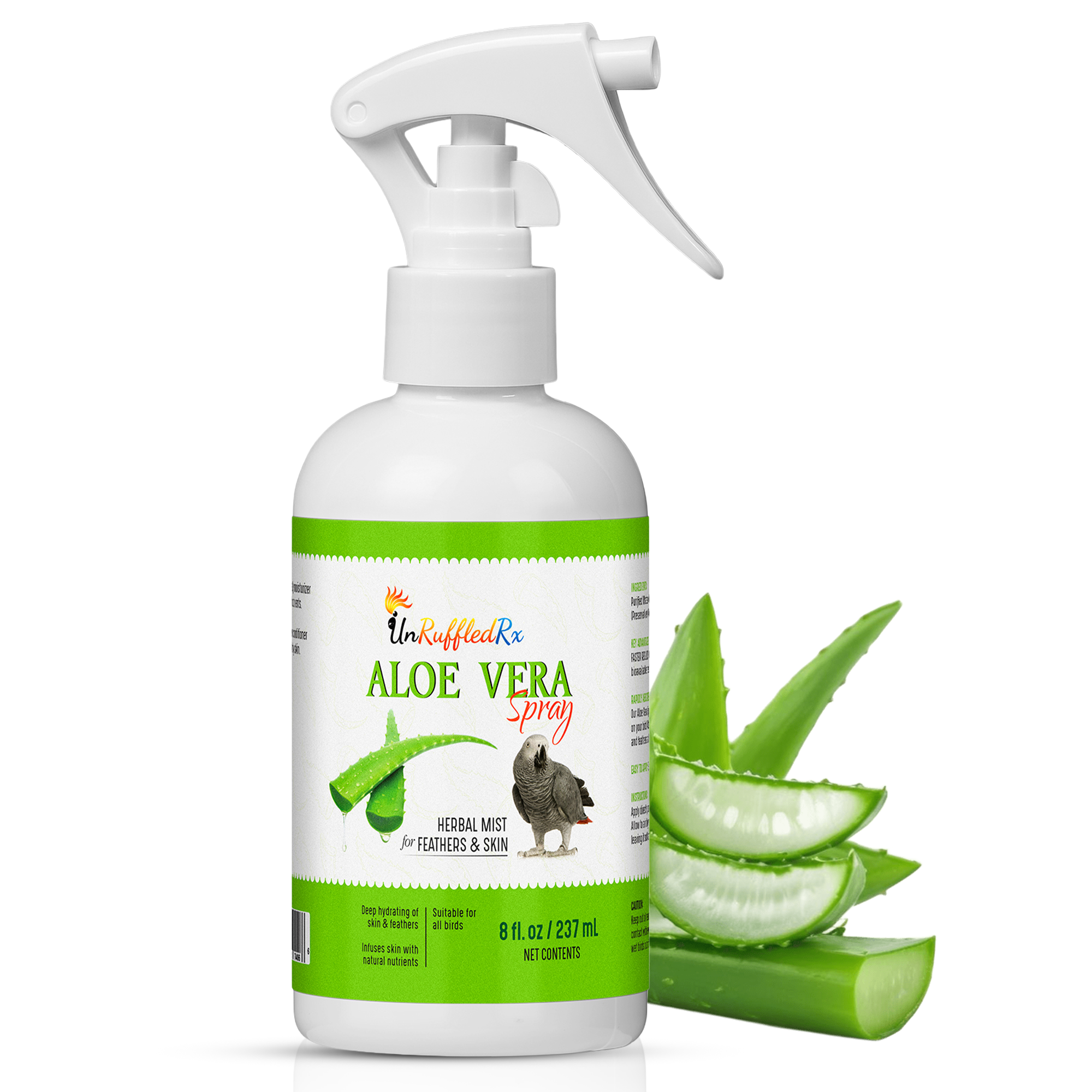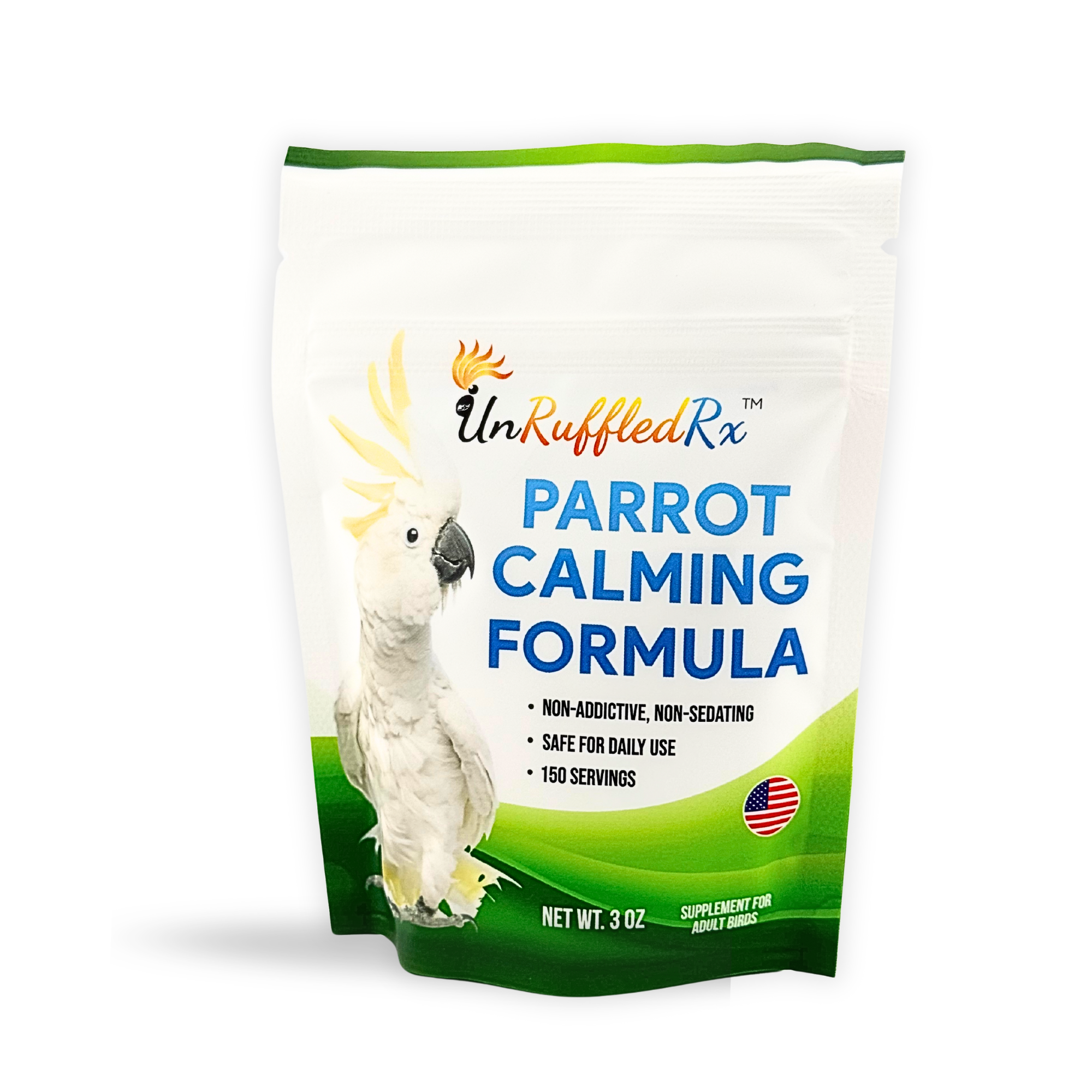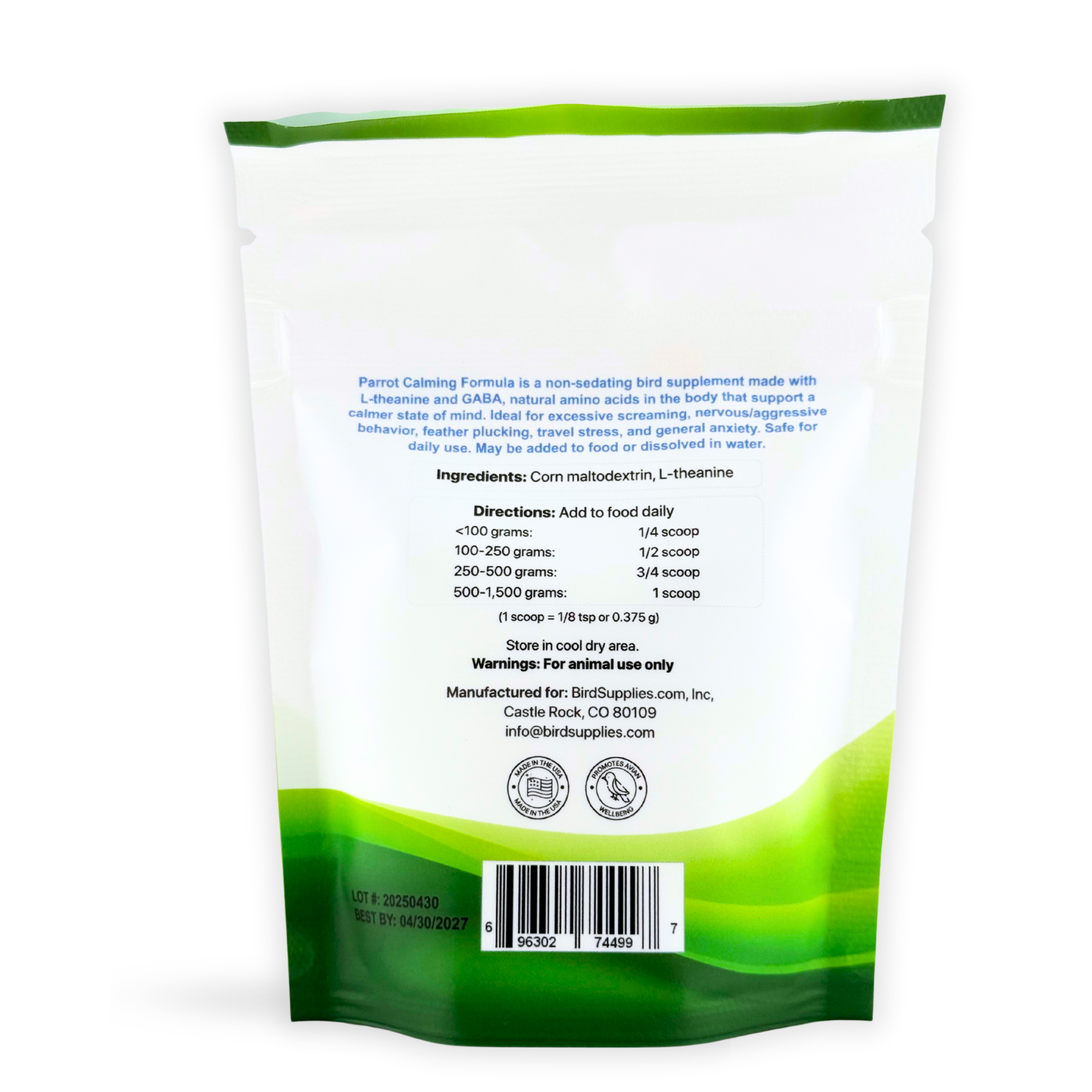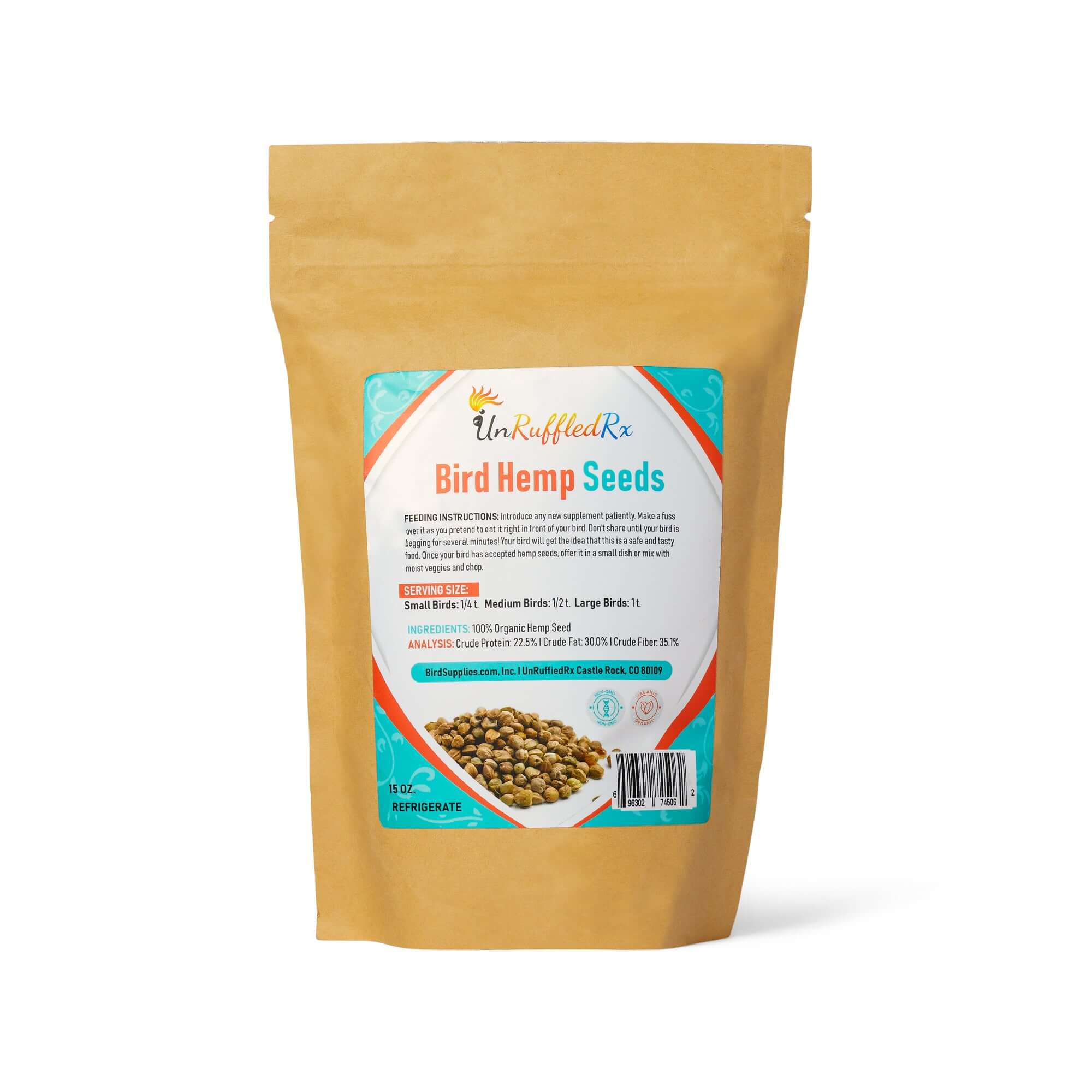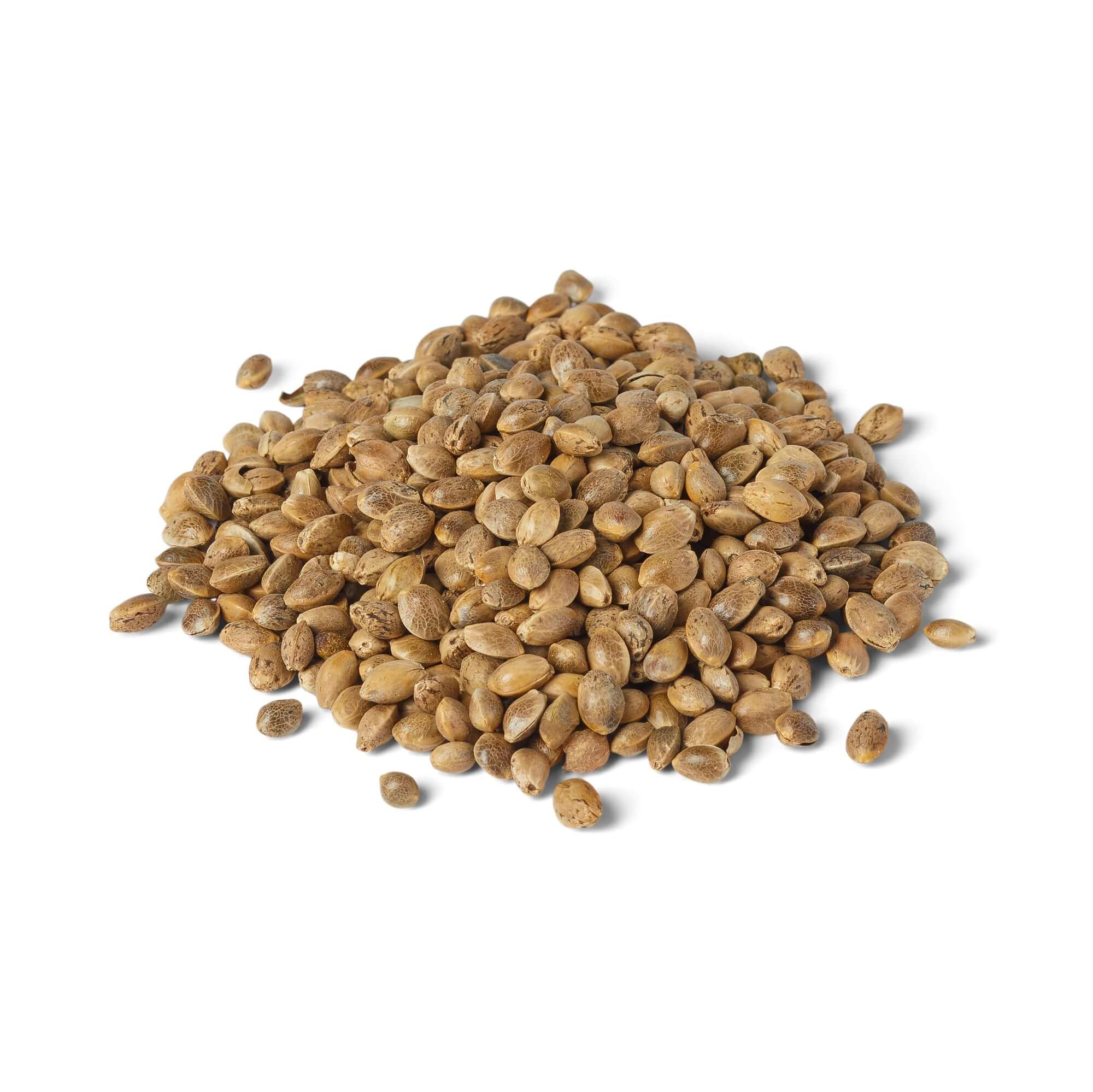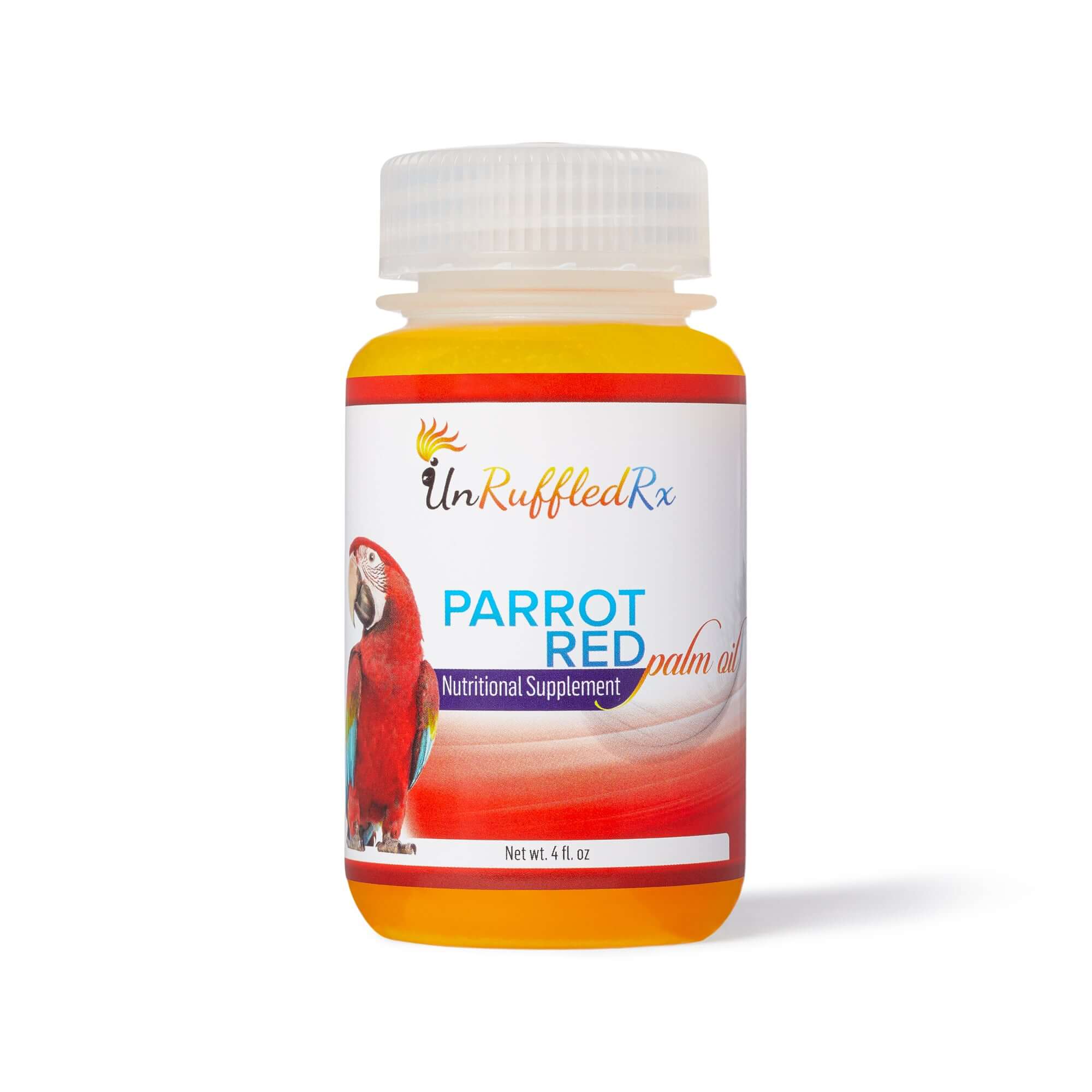Welcoming a new feathered friend into your home is exciting! Cockatiels and budgies are delightful birds, full of personality and charm. One of the first steps in creating a comfortable and safe environment for your new pet is setting up their bird cage. This guide will walk you through the essential aspects of choosing a cage, selecting perches, and picking the right toys for your cockatiel or budgie. Let's dive in!
Choosing the Right Cage
Size Matters
When it comes to bird cages, bigger is better. Cockatiels and budgies need space to stretch their wings, climb, and explore. A good rule of thumb is to choose a cage that's at least twice the wingspan of your bird. For a budgie, this means a cage that's at least 18 inches wide, 18 inches deep, and 24 inches high. For a cockatiel, aim for a cage that's at least 20 inches wide, 20 inches deep, and 24 inches high.
Bar Spacing
The spacing between the bars of the cage is crucial. Bars that are too wide can allow your bird to escape or get stuck, leading to injury. For budgies, bar spacing should be no more than 1/2 inch. For cockatiels, a spacing of 5/8 inch to 3/4 inch is ideal.

Easy to Clean
Birds can be messy, so an easy-to-clean cage is a must. Look for cages with removable trays at the bottom. These trays catch droppings and food debris and can be easily slid out for cleaning. Avoid cages with lots of nooks and crannies where dirt can accumulate.
Material and Construction
Opt for a cage made from non-toxic, durable materials. Powder-coated metal cages are a popular choice because they're easy to clean and resistant to rust. Avoid cages with paint that can chip or peel, as ingesting these materials can be harmful to your bird.
Choosing Perches
Perches are a vital part of your bird's habitat. They provide places to rest, play, and keep their feet healthy.
Branches vs. Dowels
While many cages come with plain wooden dowels, natural branches are a better option. Natural branches mimic the bird's natural habitat, providing different textures and diameters that help keep their feet strong and healthy. Manzanita, apple, and willow branches are excellent choices. Make sure any branches you use are pesticide-free and thoroughly cleaned.

Variable Sizes
Birds need a variety of perch sizes to exercise their feet and prevent pressure sores. Aim to provide perches with different diameters, ranging from 1/2 inch to 1 inch for budgies and 3/4 inch to 1 1/2 inches for cockatiels. This variety helps maintain foot health and provides mental stimulation.
Placement
Place perches at different heights within the cage to encourage climbing and exploration. Avoid placing perches directly above food and water dishes to prevent contamination from droppings.
Choosing Toys
Toys are essential for keeping your bird entertained and mentally stimulated. They also help prevent boredom-related behaviors like feather plucking.
Size and Material
Choose toys that are appropriately sized for your bird. For budgies and cockatiels, toys should be made from softer woods like balsa or pine and have smaller parts that are easy for them to handle. Avoid toys with parts that can be easily swallowed or broken off.
Variety and Texture
Provide a variety of toys with different textures. Rope toys, wooden toys, and plastic toys all offer different sensory experiences. Toys with bells or mirrors can also be entertaining, but make sure they're safe and can't be easily destroyed.
Rotate Toys
To keep your bird engaged, rotate toys regularly. Introduce new toys gradually and remove old ones to keep the cage environment interesting. This prevents boredom and encourages your bird to explore and play.
Safety Considerations
Ensuring your bird's safety is paramount. Here are some key safety tips to keep in mind when setting up their cage:
Location
Place the cage in a safe, draft-free area away from direct sunlight and temperature extremes. Birds are sensitive to temperature changes, so avoid placing the cage near windows, doors, or air conditioning vents. The cage should be in a room where the family spends a lot of time, as birds are social creatures and enjoy being part of the action.
Fumes and Toxins
Birds have sensitive respiratory systems, so keep the cage away from kitchens and areas where there might be fumes from cooking or cleaning products. Avoid using non-stick cookware, as the fumes can be deadly to birds. Also, be cautious with scented candles, air fresheners, and tobacco smoke.
Safety Hazards
Check the cage regularly for any potential hazards. Ensure there are no sharp edges, loose parts, or gaps where your bird could get stuck. Keep an eye on the condition of toys and perches, and replace them if they become worn or damaged.
Secure Environment
Ensure the cage door is secure and can't be easily opened by your clever bird. Some birds learn to open simple latches, so consider adding a small clip or lock if necessary.
Setting Up the Cage
Now that you've chosen the right cage, perches, and toys, it's time to set everything up. Here’s a step-by-step guide to creating a comfortable and stimulating environment for your bird:
- Clean the Cage: Before setting up the cage, give it a thorough clean with bird-safe disinfectant. Rinse well and let it dry completely.
- Install Perches: Place perches at different heights and positions within the cage. Ensure there's enough space for your bird to move around comfortably.
- Add Food and Water Dishes: Place food and water dishes away from perches to avoid contamination. Ensure they're easily accessible and at a comfortable height for your bird.
- Hang Toys: Attach toys to various parts of the cage, ensuring they're securely fastened. Avoid overcrowding the cage; leave enough space for your bird to move around and flap its wings.
- Provide a Bath: Birds love to bathe, so consider adding a birdbath or shallow dish of water to the cage. Alternatively, you can mist your bird with water using a spray bottle.
- Monitor and Adjust: Once everything is set up, observe your bird's behavior. If they seem hesitant or stressed, try rearranging the perches and toys. It might take some time for your bird to adjust to their new environment.
Conclusion
Setting up a bird cage for your new cockatiel or budgie is an exciting process that lays the foundation for a happy and healthy life for your feathered friend. By choosing the right cage, providing a variety of perches, and selecting engaging toys, you're creating a stimulating and safe environment. Remember to place the cage in a secure location, away from drafts and fumes, and to keep it clean and well-maintained.
With a little effort and attention to detail, you'll create a wonderful home for your new bird, ensuring they feel comfortable, safe, and loved. Enjoy the journey of bird ownership, and cherish the bond you'll build with your delightful new companion!






